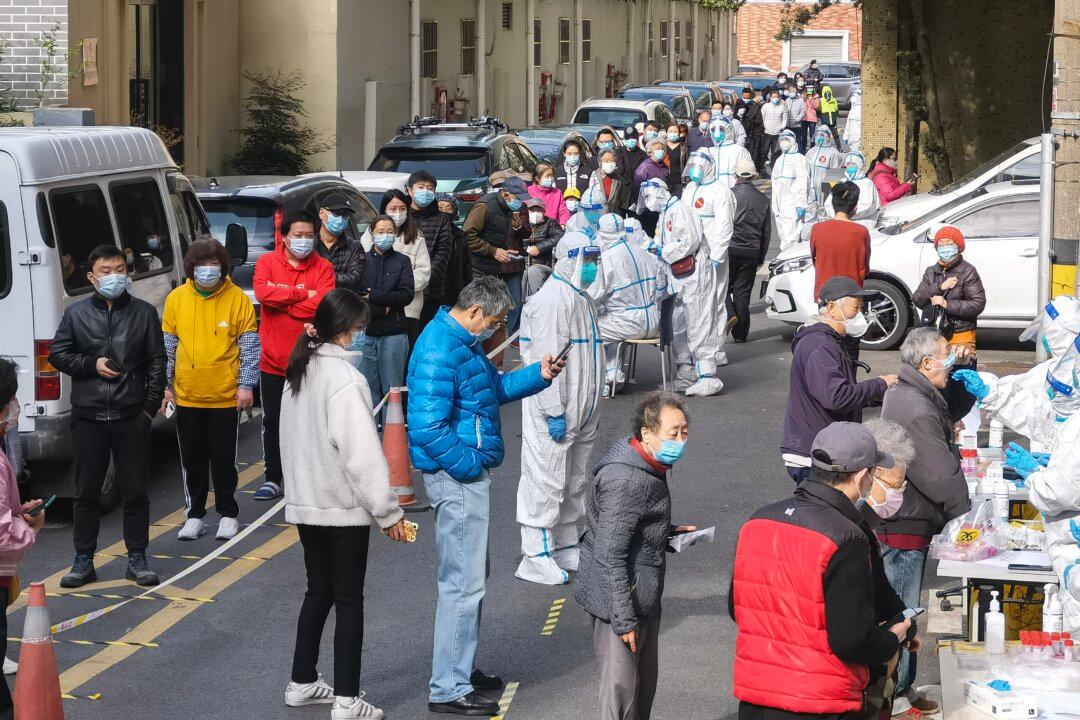On March 21, Shenzhen, which was under lockdown, announced temporary lifting of the lockdown, restoring order to production and daily life for a week. However, Shenzhen’s Yantian port soon became even more congested, adding to the bottlenecks in the global supply chain caused by the pandemic and the war between Russia and Ukraine.
On March 20, the Shenzhen COVID-19 Prevention and Control Command reported that from March 21 to 27, Shenzhen’s public transport and underground services would resume full operation, and government agencies and enterprises would resume normal work and production operations.





